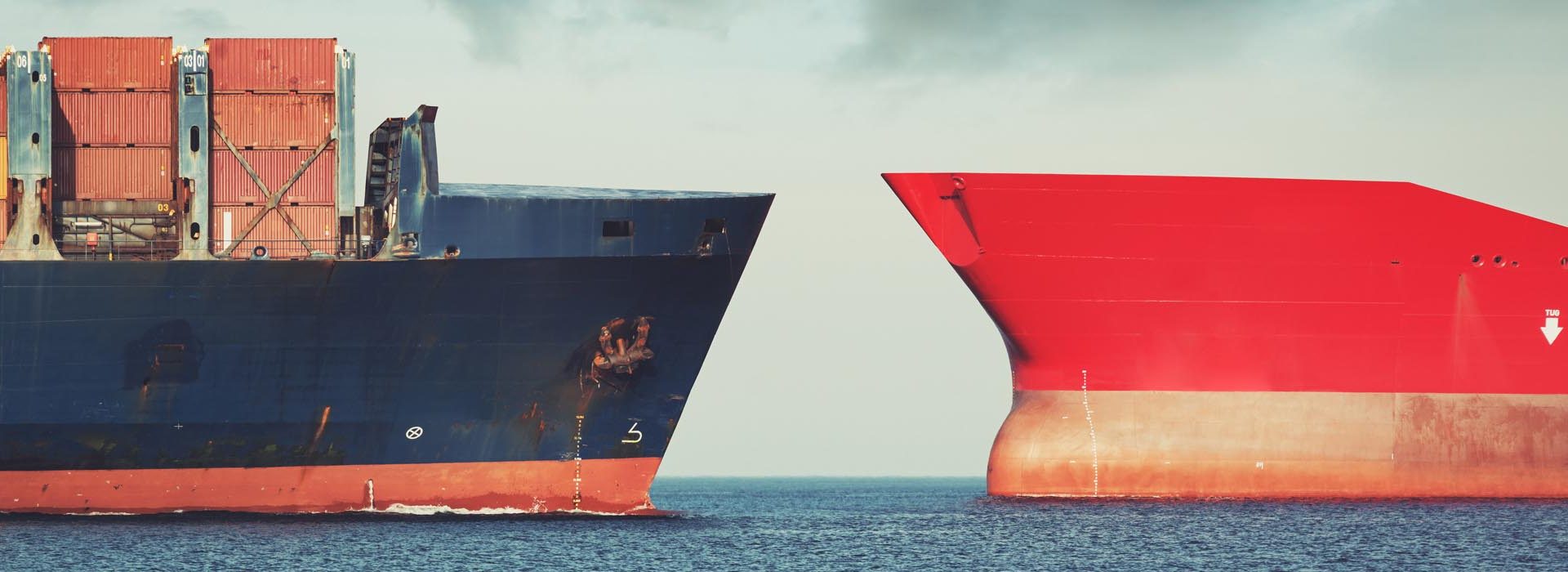The Ever Smart and Alexandria I Collision - What Does it Mean?

Latest Articles
-
Court of Appeal Reverses Judgment on Shipowner’s Entitlement to Damages on Top of Demurrage Copy
-
Court of Appeal Reverses Judgment on Shipowner’s Entitlement to Damages on Top of Demurrage
-
Reducing CO2 emissions and fuel costs with a clean hull: Q&A with Akzo Nobel
-
English Court introduces uncertainty over calculation of package limitation
-
It’s a steel! Learning from recent wet damage claims
-
Warning on risks of olive waste cargoes
Signals 123
This article featured in our Spring 2021 issue of Signals. To view all articles in this issue, click on the thumbnails below.
Did you know?
Signals is now available on an app for smartphones and tablets. Our app ‘MyNorth Publications’ is available on the App Store and Google Play Store. Simply click on the relevant store below to download our free app and get immediate access to Signals in our new and interactive format.
Download
-

Signals Issue 123: Spring 2021 (Online)
- Newsletter
-

Signals Issue 123: Spring 2021 (PDF)
- Newsletter

 , you have now set your site language to English. If you'd like to change your language preference again, simply click on one of the other flags.
, you have now set your site language to English. If you'd like to change your language preference again, simply click on one of the other flags. を選択して頂くと、言語設定が日本語に切り替わります。設定変更後は以下の機能が利用可能です。
を選択して頂くと、言語設定が日本語に切り替わります。設定変更後は以下の機能が利用可能です。
 ,可将网站语言设置为中文。这能帮助您:
,可将网站语言设置为中文。这能帮助您:











